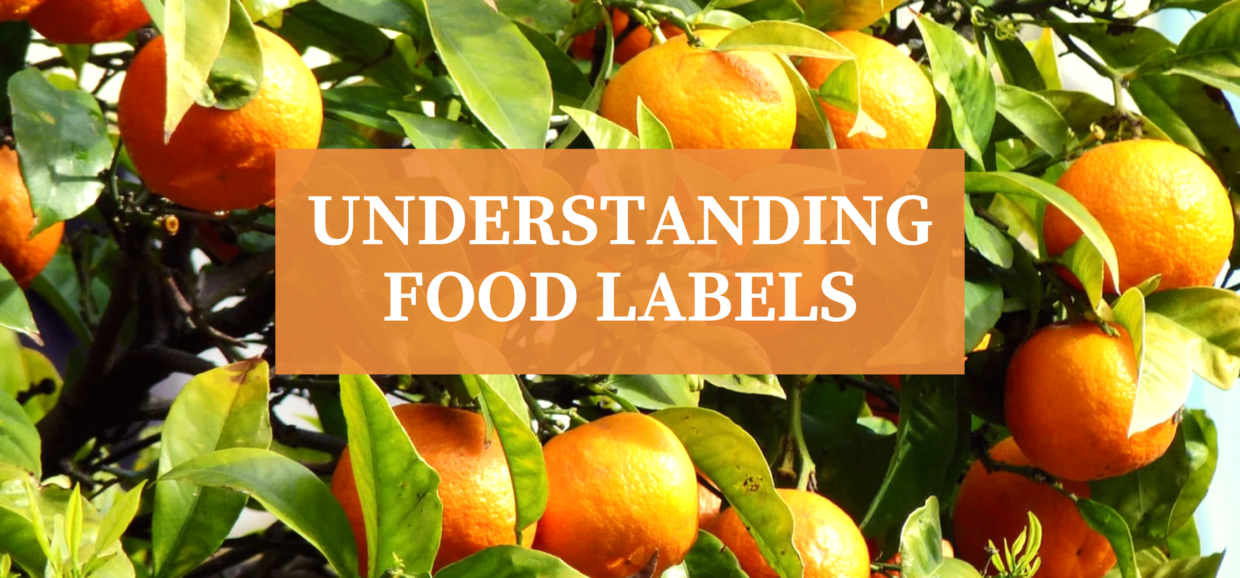In today’s fast-paced world, grocery shopping can feel overwhelming, especially when faced with a sea of food labels claiming to be “organic,” “low-fat,” or “high in protein.” But what do these labels really mean? Understanding food labels is essential for making informed choices about what we eat. Let’s break it down so you can shop smarter and eat healthier.
Why Food Labels Matter
Food labels provide crucial information about the ingredients, nutritional value, and overall health impact of a product. By understanding them, you can:
- Make healthier food choices
- Avoid hidden sugars, fats, and artificial ingredients
- Manage dietary restrictions and allergies
- Compare similar products effectively
Decoding Nutrition Facts
The nutrition facts panel is one of the most important parts of a food label. Here’s what to focus on:
1. Serving Size
The serving size tells you how much of the product the nutritional values refer to. Always check this first because all other numbers are based on this portion.
2. Calories
Calories measure the amount of energy in a serving. If you’re tracking your intake for weight management or fitness goals, this is a key number to watch.
3. Macronutrients: Fats, Carbs, and Protein
- Fats: Look for unsaturated fats (healthy fats) and limit saturated and trans fats.
- Carbohydrates: Pay attention to fiber and added sugars. High-fiber foods are great for digestion, while added sugars should be minimized.
- Protein: Essential for muscle growth and repair. Choose products with quality protein sources.
4. Micronutrients: Vitamins and Minerals
Check for key vitamins and minerals like Vitamin D, calcium, iron, and potassium. These play a vital role in overall health.
Understanding Ingredient Lists
The ingredient list provides insight into what’s really in your food. Here are some tips:
- Ingredients are listed in descending order by weight—meaning the first few ingredients make up most of the product.
- Look for whole, recognizable ingredients rather than artificial additives.
- Avoid hydrogenated oils, artificial sweeteners, and high-fructose corn syrup.
Common Food Label Claims Explained
Marketing terms on food packaging can be misleading. Here’s what some of the most common claims actually mean:
- Organic: Meets USDA organic standards, meaning no synthetic pesticides or GMOs.
- Natural: Not strictly regulated; always check the ingredients.
- Low-Fat: Contains less fat, but may have added sugar to compensate.
- Sugar-Free: Contains less than 0.5g of sugar per serving but may have artificial sweeteners.
- Gluten-Free: Safe for those with gluten intolerance, but not necessarily healthier.
- High-Protein: Contains a significant amount of protein, but watch for added sugars or fillers.
Understanding food labels is a powerful tool for making healthier food choices. The next time you go grocery shopping, take a moment to read beyond the flashy marketing claims and focus on the nutrition facts and ingredients. Your body will thank you!






2 Comments